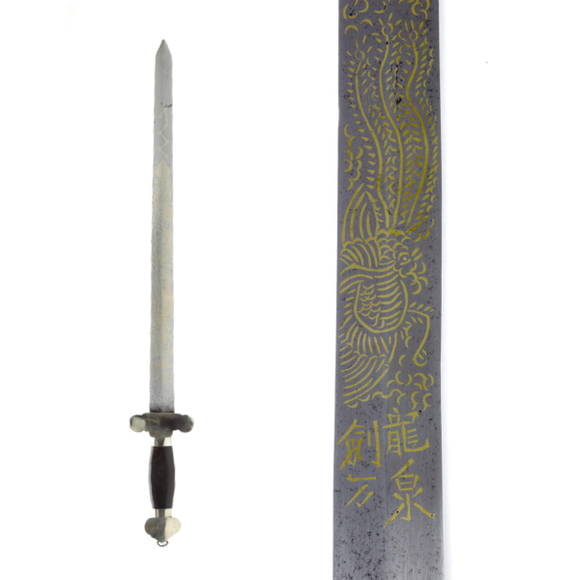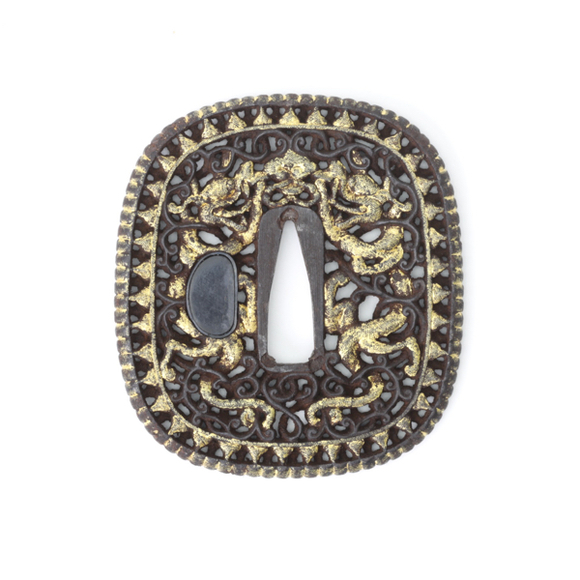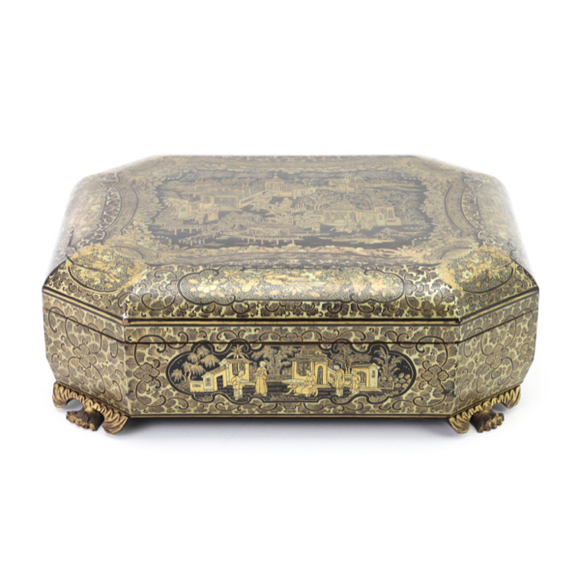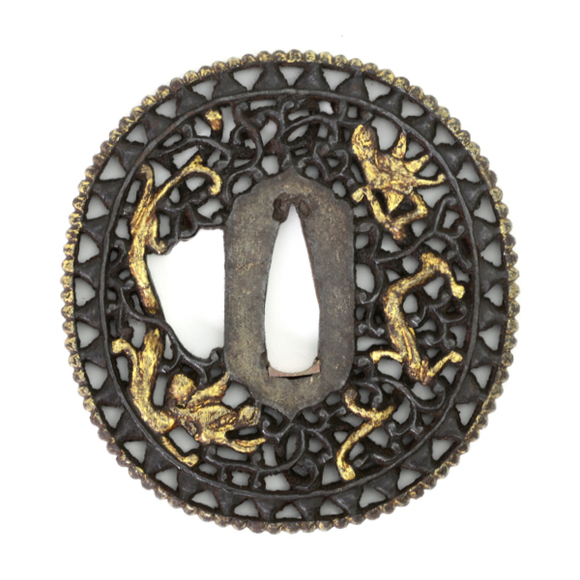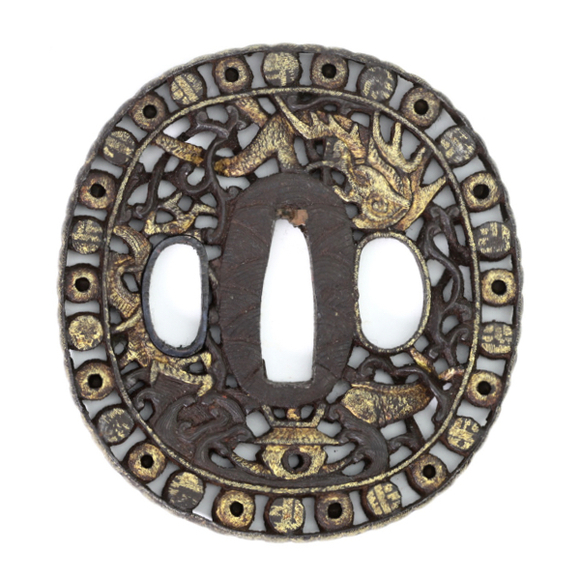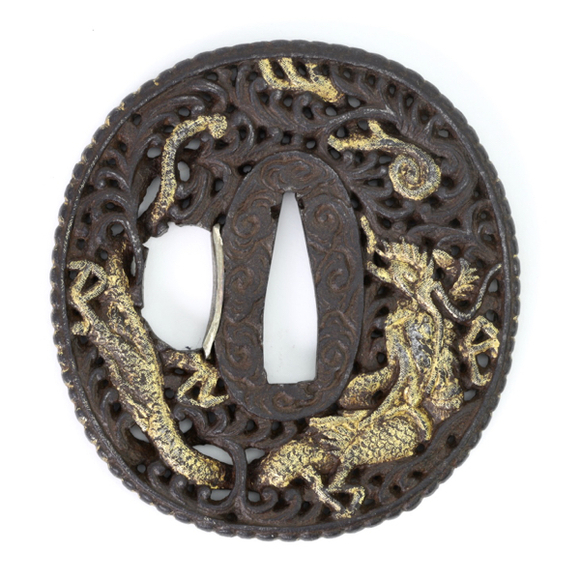A Chinese shortsword made by a well-known Longquan maker.

61.9 cm
49.7 cm
Base 6 mm
Middle 4.5 mm
5 cm from tip 3 mm
Base 49 mm
Middle 40.5 mm
5 cm from tip 27 mm
786 grams
9.5 cm from hilt
Iron, steel, bronze, brass, hardwood
Southern China
Probably Guangzhou (Canton)
Issued 1863
European antique art market
Introduction
The iconic Southern Chinese húdiédāo (蝴蝶刀) "butterfly swords" always come in pairs, with hilts that are flattened on one side to accommodate their carrying in a single scabbard. Sometimes single varieties are encountered, with oval cross-section grips. Early photos place these in the hands of rattan shield bearing soldiers and militiamen; hence I have started to call them páidāo (牌刀): "shield knife".
In earlier times, shields were used together with sabers. One type was called piādāo "slicing saber", in another text a saber like páidāo is also described. This to illustrate that these single húdiédāo can be considered páidāo, but that not all páidāo are húdiédāo. An important distinction.
This example
A classic example. The wide blade has a fairly strong taper in width, the edge taking a sharp bend near the tip. The heave bronze d-guard offers both protective and offensive capabilities. The hardwood grip is reinforced with two brass ferrules. It has decorative carvings that in addition help with grip.
Inscription
What makes this piādāo much more important than other similar ones is the inscription on the left side of the blade, along the spine, which leads:
廣字二十四号同治三年發
Guǎng zì èrshísì hào Tóngzhì sān nián fā
"Guǎng series number 24, 3rd year of Tongzhi issue"
Guǎng is the first letter of Guǎngzhōu (廣州), also known as Canton. A large and important port city in Southern China. Alternatively, guǎng can mean "broad" as well.
Tongzhi was the son of the Xianfeng emperor and Empress Dowager Cixi, who formally ruled from 1861-1875 but the real power lay with Cixi. The third year of Tongzhi corresponds to 1863 A.D.
Significance
In the year 1863, the Taiping Rebellion that plagued China since 1850 was in its decline. One of their major battles in southern China in that year was that of Suzhou, which lead to a decisive Qing victory. Its capital Nanjing fell the following year, in 1864.
Weapons such as this one were made primarily in Guangzhou, and were meant to equip the Qing military and local militiamen. Some of these militia armies were funded by local businessmen who had properties to protect, and thus their equipment was a lot better than normally seen among rural militia.
The Guǎng character most likely refers to it being made for a Guangzhou-based unit, but there is also a possibility it refers to the width of the blade. Húdiédāo come in broad and narrow varieties during this period and this happens to be the broad one.
Húdiédāo/páidāo with any kind of marking are extremely rare, and this long marking provides a lot more context than normally seen. This makes this piece a great reference piece to date other pieces by.
Comparable examples
I have a very similar piece in my own collection, its marking stating:
廣字一百三十八号同治三年發
Guǎng zì yībǎi sānshí hào Tóngzhì sān nián fā
"Guǎng series number 138, 3rd year of Tongzhi issue"
I got it together with another identical piece with the same inscription and a number in the 140s which is now in a New York private collection. Other than these I am not aware of any in other collections.


My personal signed and dated piece (top) compared to this one (bottom).
The obviously had rather different lives, with my grip being more crisp and appears less used.
Both however show edge damage from use, so both apparently saw action.













A nice example with unusually fine lacquerwork and a monogram in the lid.
Canton work for the Japanese market, with 28 metal balls in separate compartments.

